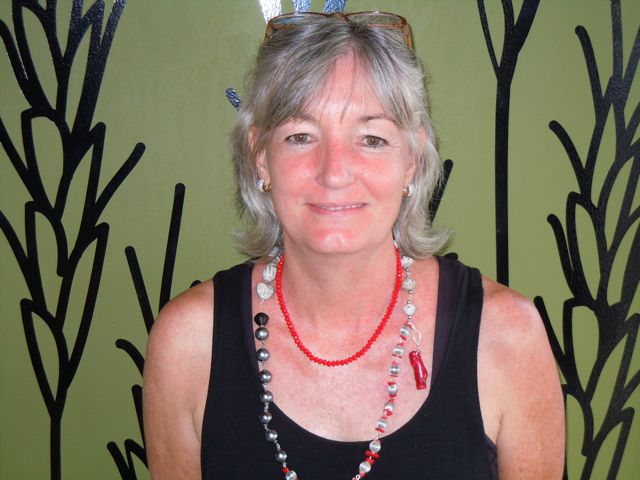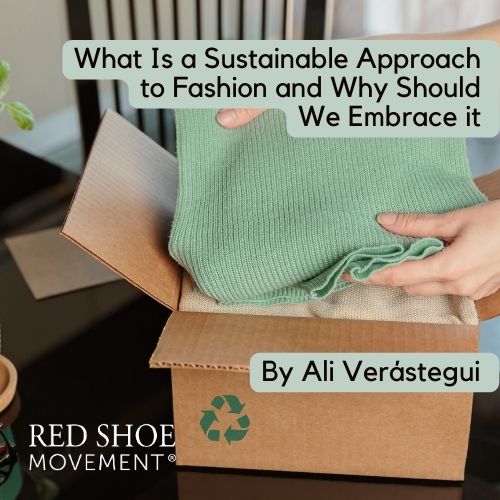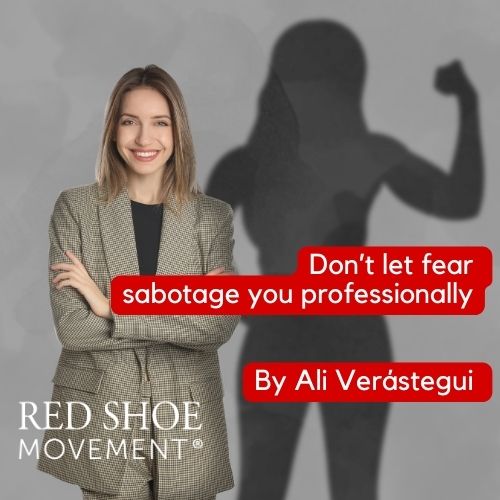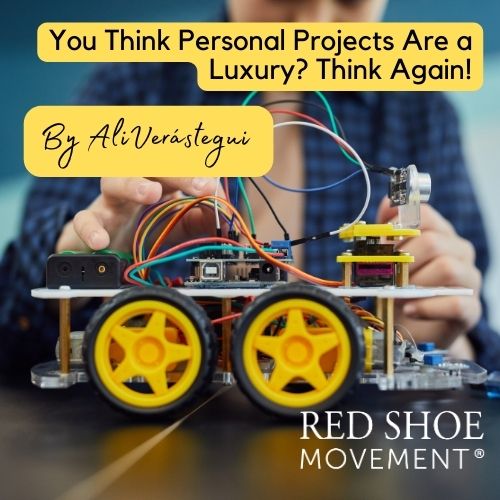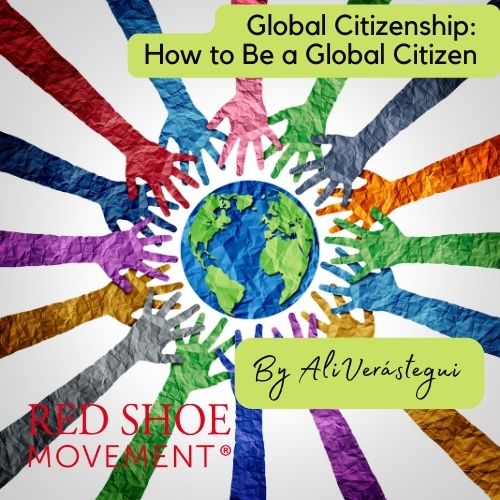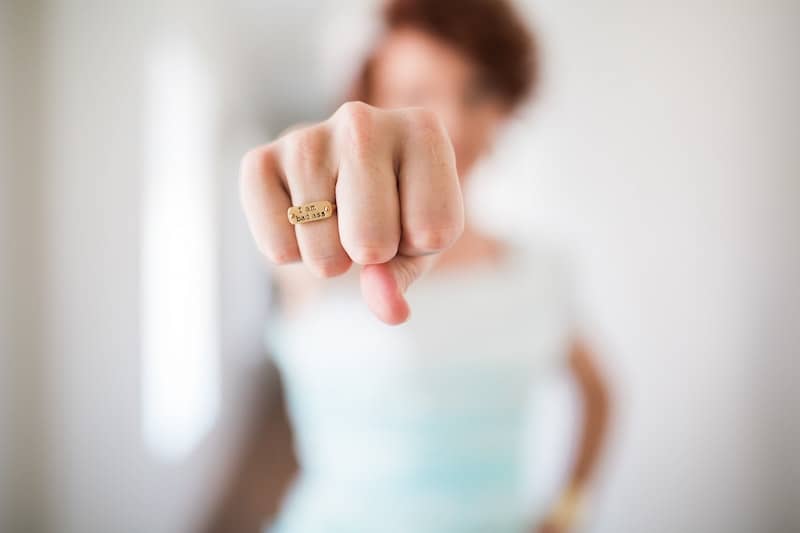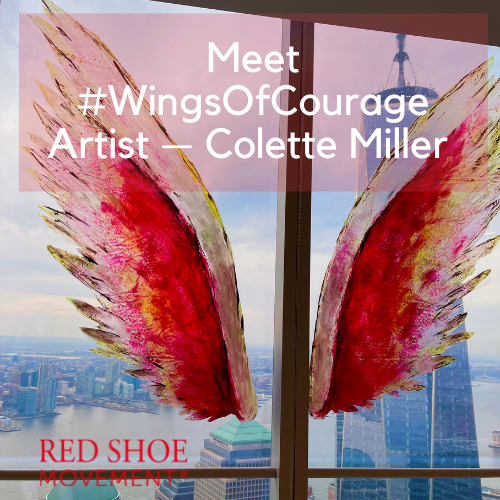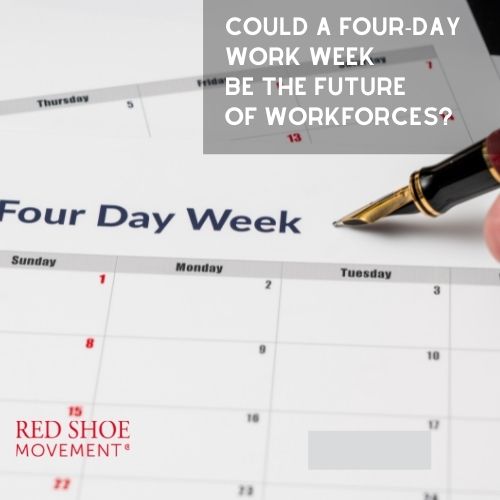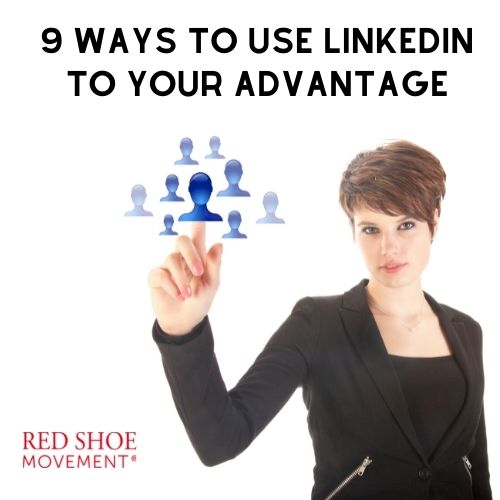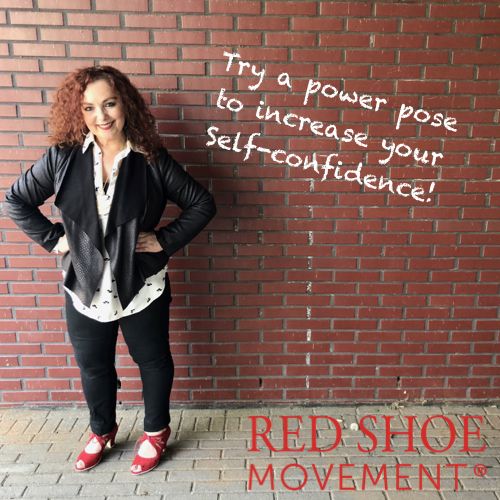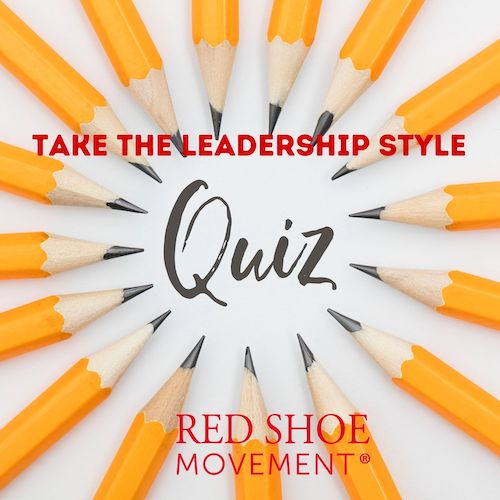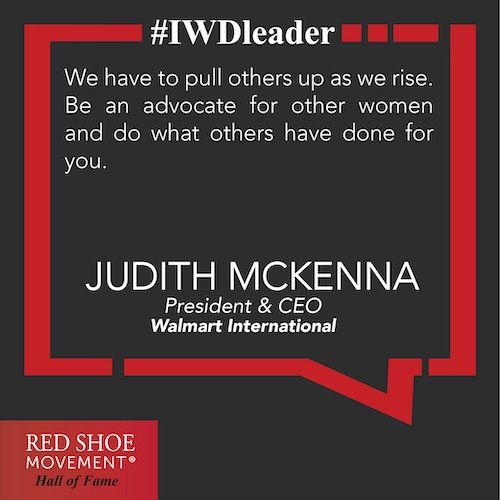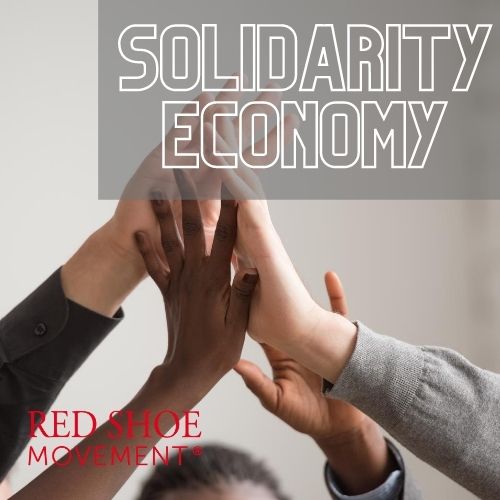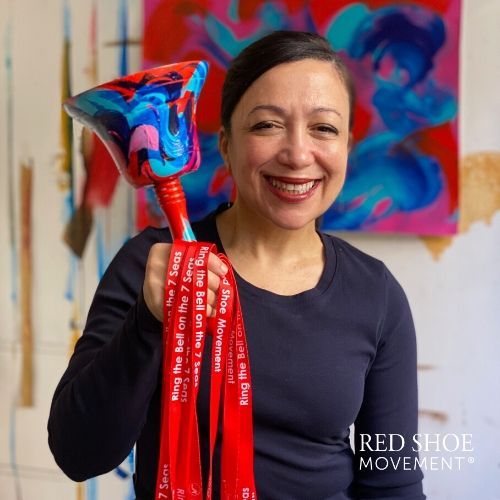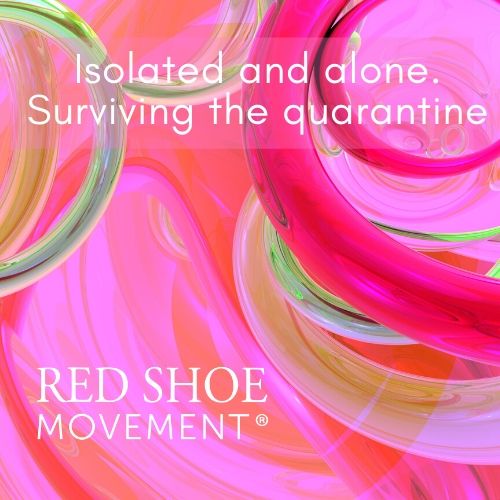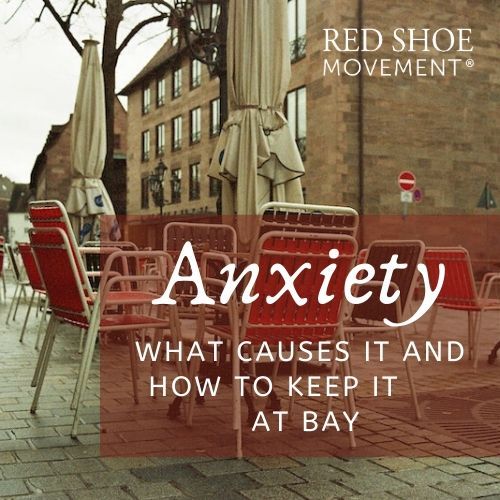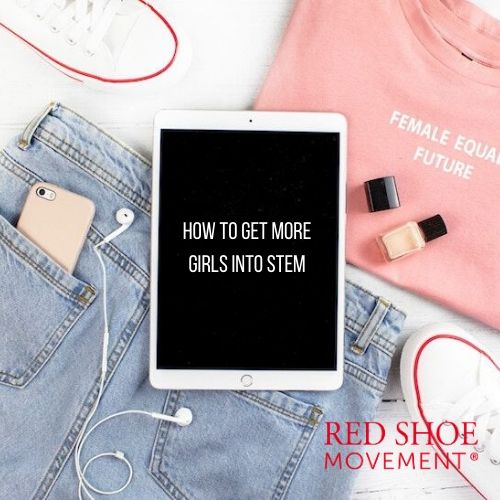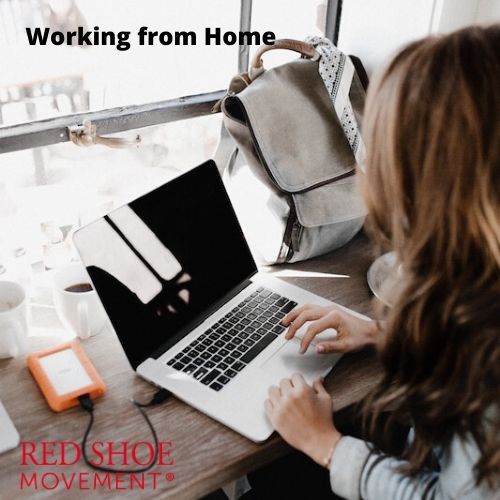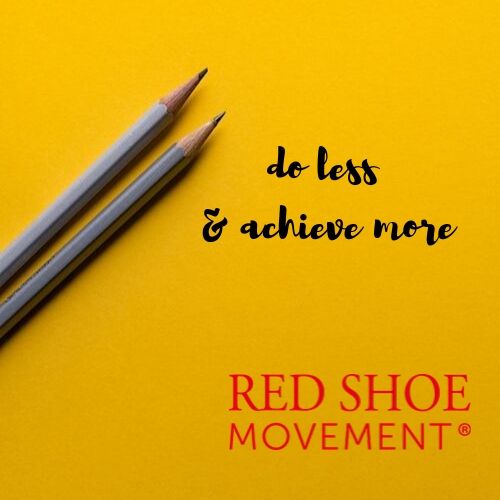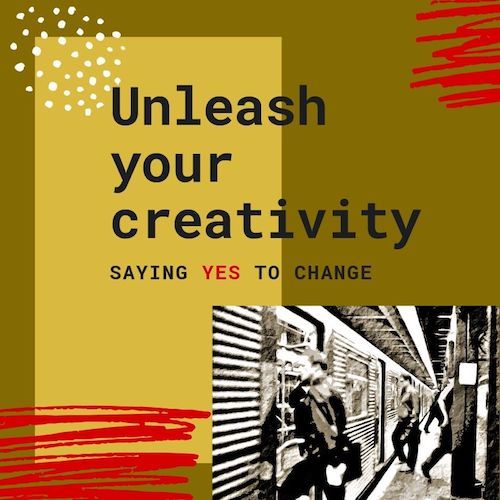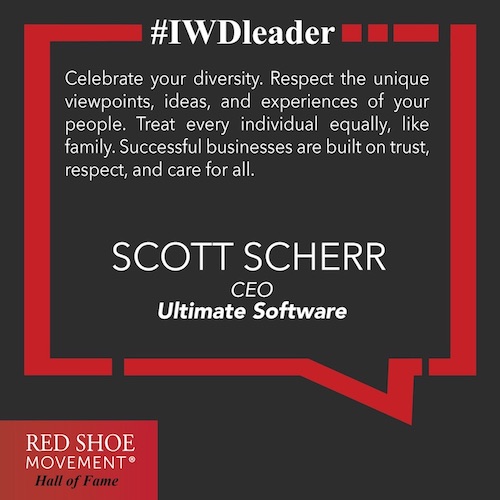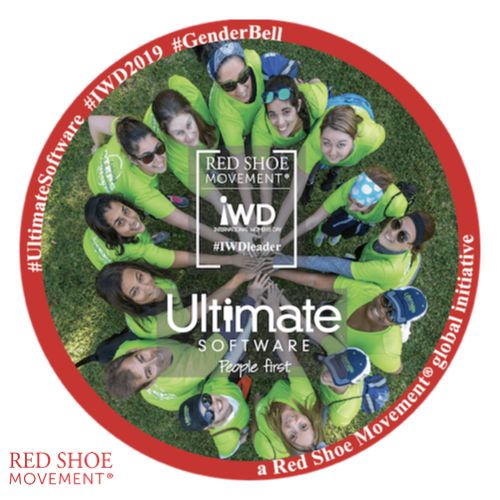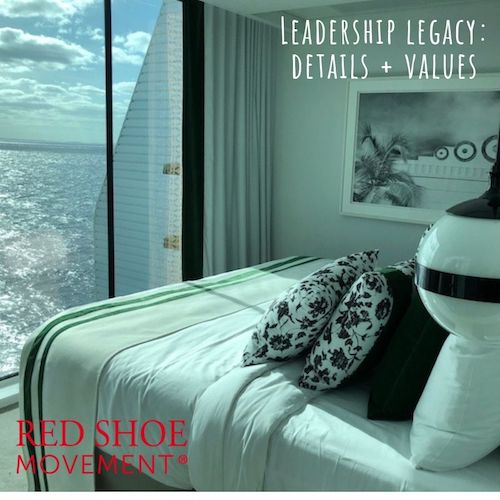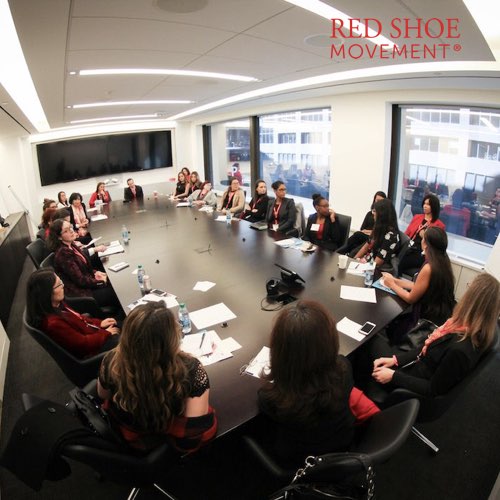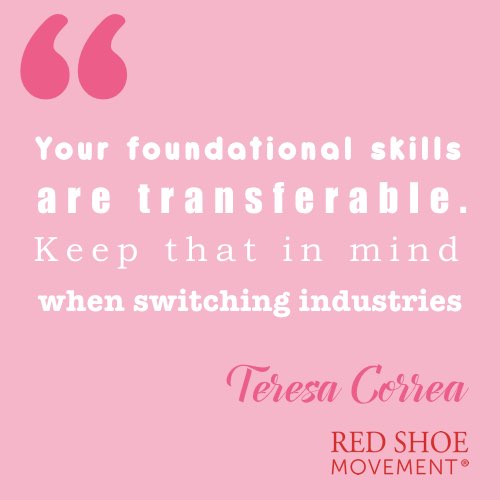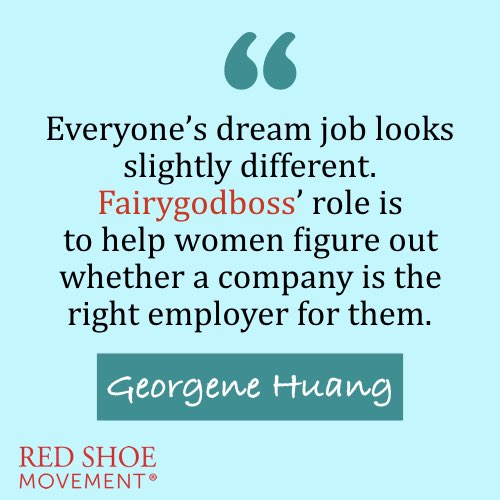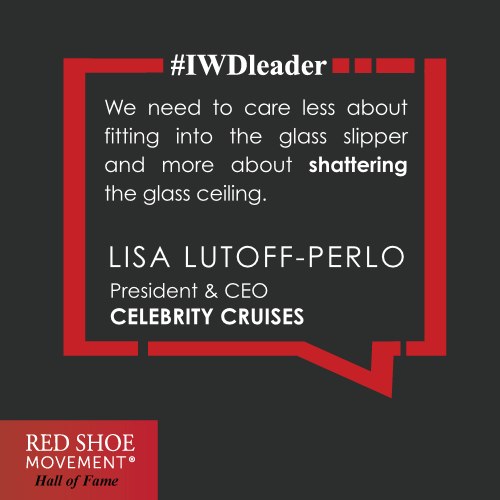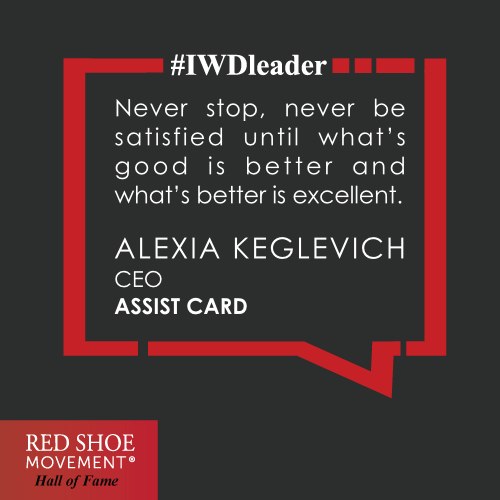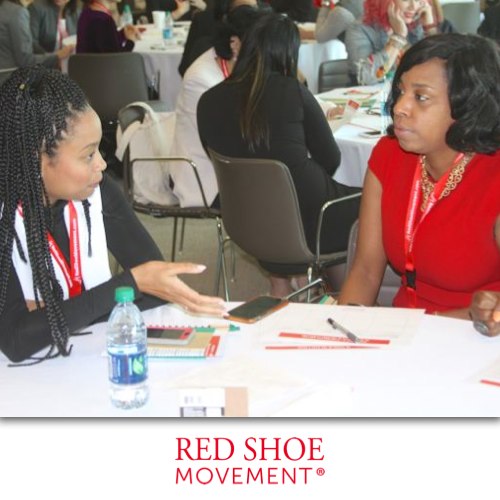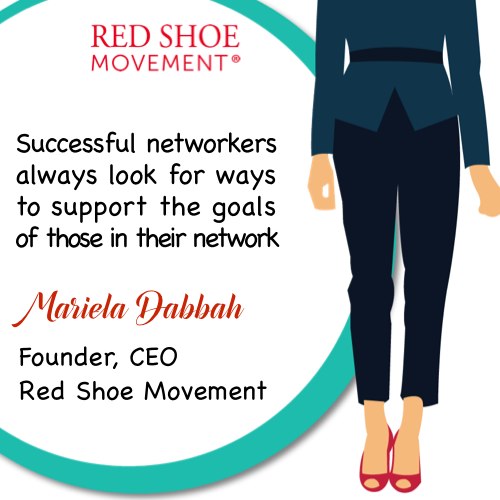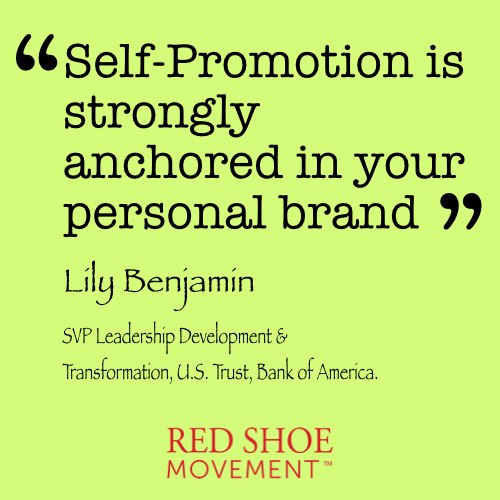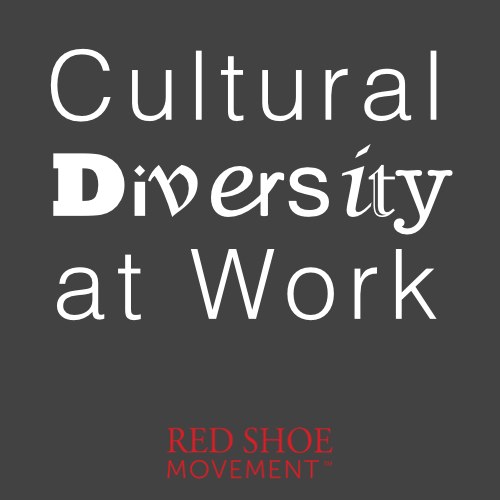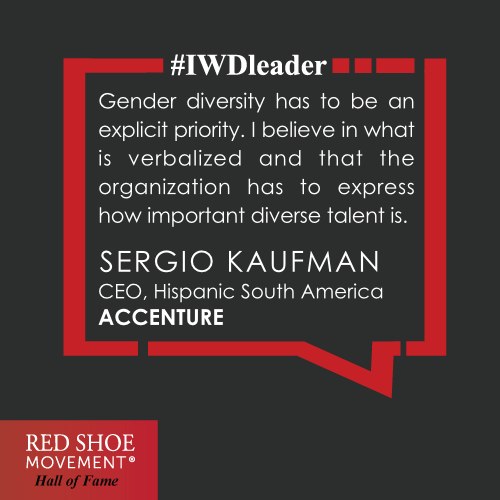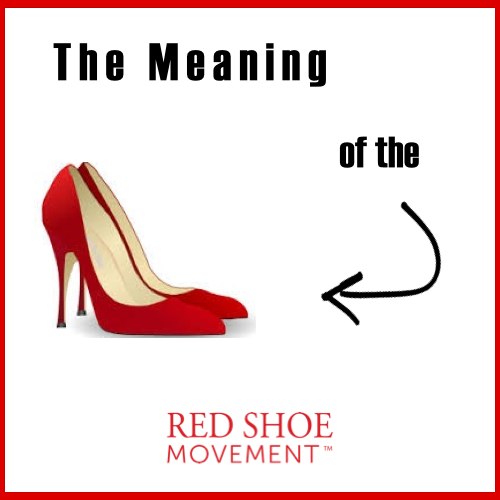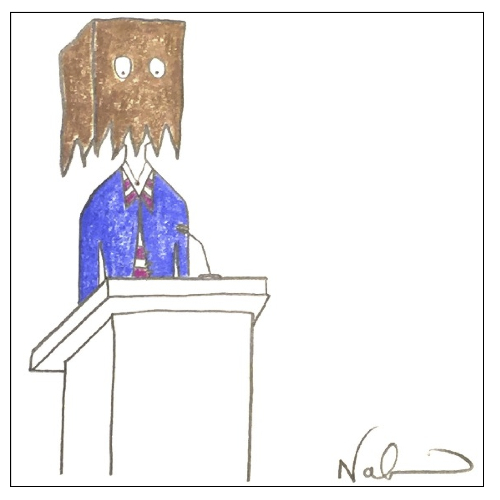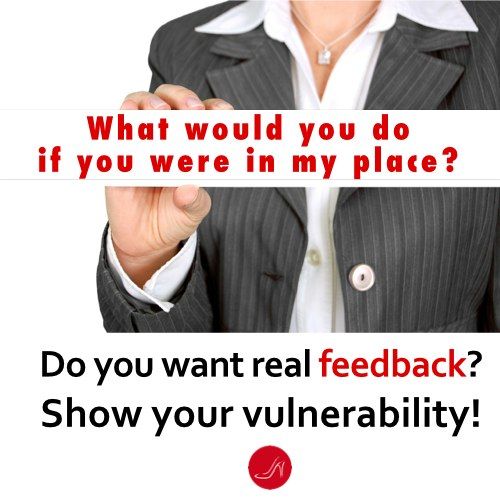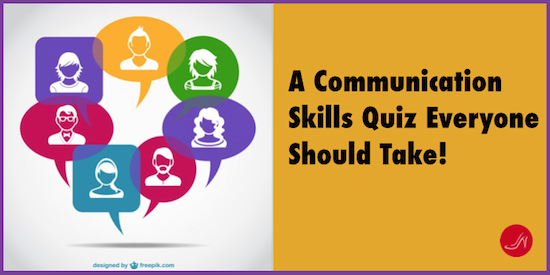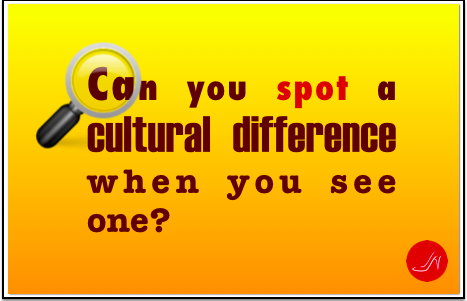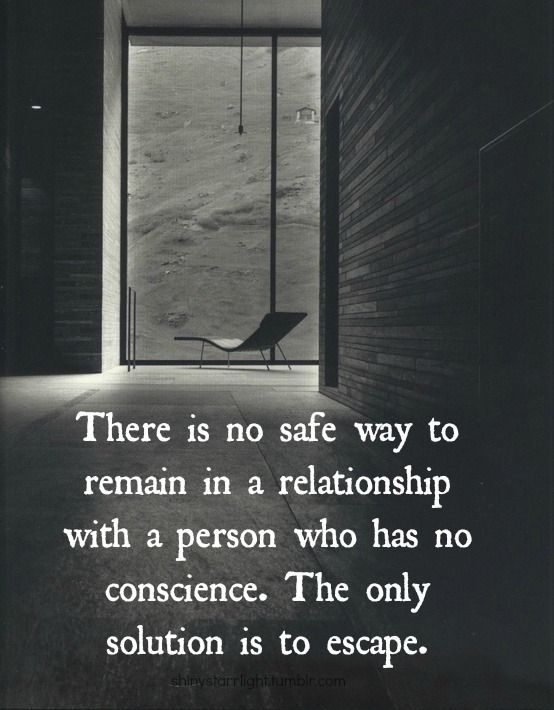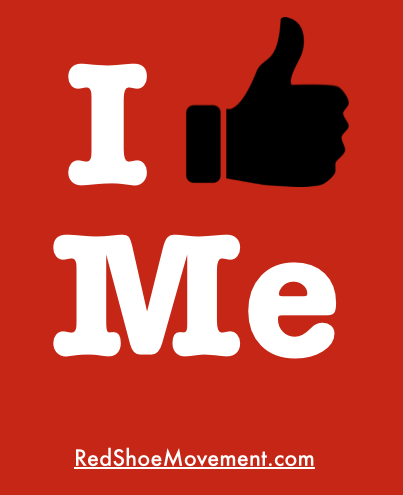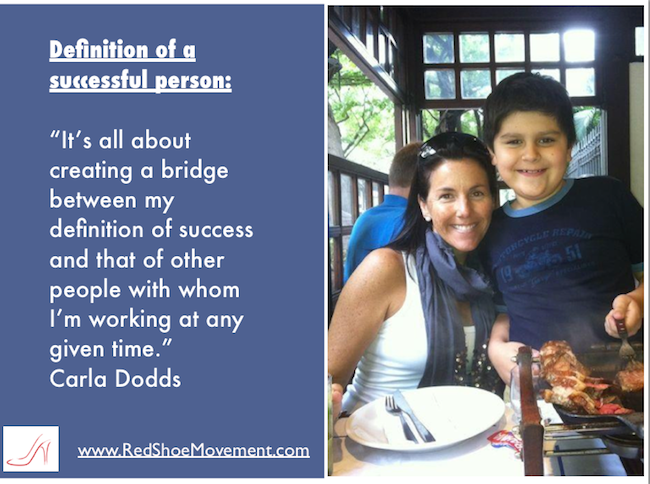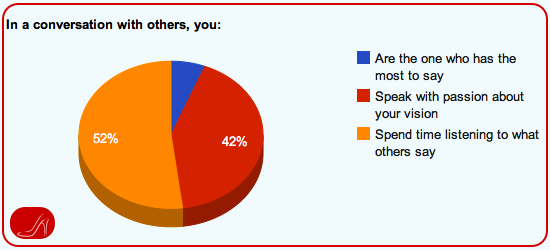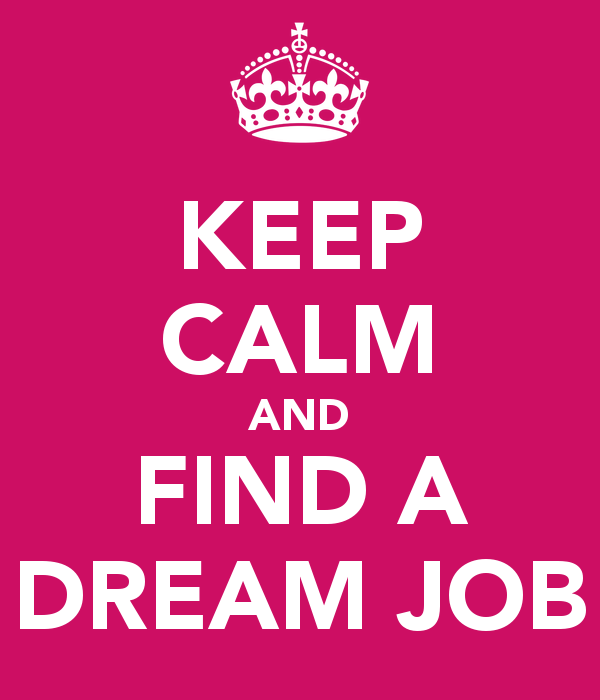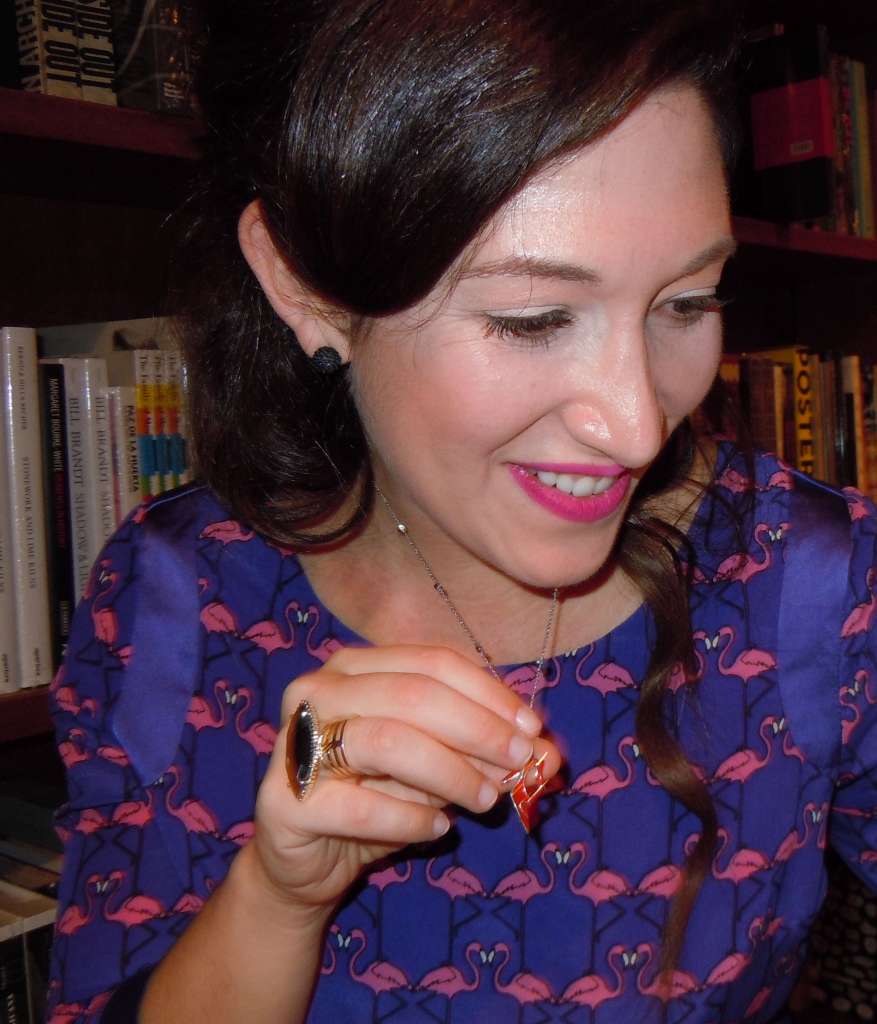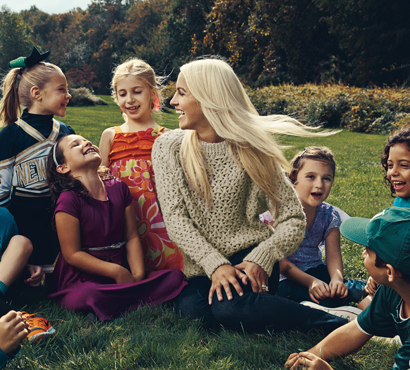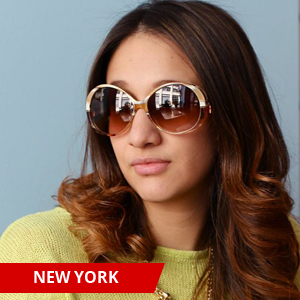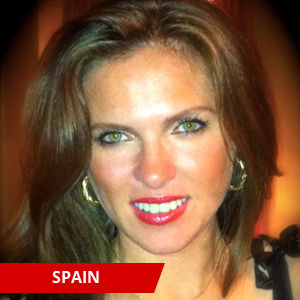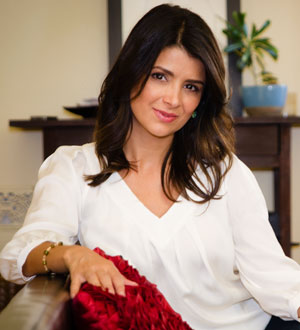Changing careers is seldom a smooth path and less so when you spent half of your life working for well-known institutions such as the Solomon R. Guggenheim Museum (Director of Technology), the Miami Art Museum (Director of Operations) and the University of Miami Florida (Professor) But for Tina Cornely, born in St. Mary’s Georgia, and educated in Honduras, Switzerland, and the U.S., changing careers in her late forties came naturally. It was the culmination of a life-long passion for the arts, her innate tinkering abilities and her interest for those less fortunate. Empowering women and the poor through her non-profit Bridging Humanity was the logical next step for this modern-age, female Da Vinci.
How young were you when you discovered you had a talent for tinkering and an interest for the environment?
When I was six years old I’d take things apart to figure out how they worked: Clocks, radios, everything I could get my hands on. Then I’d put them back together and always managed to end up with extra screws and other mechanical components. Fortunately for me they always worked so my parents never found out about my tinkering experiments.

Never thought of being an engineer?
I have a teaching degree in French from Switzerland. My dad wouldn’t let me study technology, which is what I would’ve loved to do. When I returned to the U.S. I went to Miami Dade Community College so I could learn how to build computers. This was in the early 1980s and there were only 2 colleges worldwide with electrical engineering classes geared for building circuit boards and computers. I was the only girl in the class. It was the beginning… Bill Gates had just come out with his 8086 computer. Shortly afterwards, I was hired by the University of Miami to teach one of this country’s first networking A+ classes. It was great fun teaching people how to take computers apart and put them back together!
Where did the passion for repurposing trash come from when at the time you were building computers? It seems to me that you’ve been changing careers your entire life…
From a young age I was an environmentalist, an art lover and a tinkerer. I think life circumstances helped me combine the three. My dad, an Anglo man born in Alabama, wanted my siblings and I to be raised with Latino cultural values. So we moved to Honduras when I was 10. Dad had a car dealership and a popular restaurant that served typical Honduran food. I became my siblings’ mom (driving them to school since I was 13,) I went to school myself, and then helped around the house and at the restaurant. Honduras was the perfect place for me to learn how people reuse things others would discard.
You are an incredible modern artist. You make all kinds of sculptures with trash … I wonder what your house looks like…
Oh my. Well, it is interesting to say the least! All my friends give me their left over garbage. Plus I don’t throw anything away so you don’t want to open any closets at my house. To make matters worse I use my living room to stage my donations. My yard is interesting too. I turned a discarded shower organizer into a vertical garden and all kinds of other interesting container gardens. I also have around the house broken vases that have been converted into beautiful sculptures. I repair them by foiling the exterior with discarded items like the foil wrapper found inside cigarette cartons and colorful Hershey’s kisses foil.
But you don’t just use trash as art for yourself. Tell us how you use it for empowering women and those less fortunate.

I usually create art work from repurposed trash that I donate to charities so they can raise money at fundraisers but I also teach people with few resources how to make art with discarded items they find in garbage dumps so they can sell it and make a living. For me, empowering women and the poor is extremely fulfilling. In a recent trip to Nepal I taught monks how to weave belts for their robes with plarn (plastic yarn from repurposed garbage bags), and large groups of poor village women how to weave necklaces and purses from garbage bags, a big pollutant in that area.

I try to live in an area for a while until I see what I can do to help the people there improve their lives. Typically I teach them how to create useful things like batteries with charcoal and lye so they can have LED lights in their homes. How to compost and grow nutritious food; how to build a make shift latrine to avoid disease; how to decontaminate water with the SODIS method (solar disinfection). Even what plants they can use to fight Malaria and some other deadly diseases like diabetes, dysentery, cholera, typhoid and dengue. Today more and more impoverished countries are facing high cases of diabetes because the poor can only afford to buy starchy food like rice, potatoes and pasta. And starch turns into sugar. So I teach the poor how to use alternative medicine and plants to regulate their blood sugar.
You are also empowering women who don’t have access to birth control pills with your Cycle Beads. Tell us about that.

These are necklaces to help women figure out when they are fertile so they can avoid having sex. And more importantly, do their family planning when they are ready and able to have children. The necklace is the product of a study conducted by the Center for Reproductive Health in Georgetown. I thought it was a brilliant idea but the original necklaces weren’t very attractive. I improved them and included a fashionable clip charm so that women would wear them with pride and discretion. The necklaces have different colored beads for the different parts of a woman’s 32 day menstrual cycle. The way it works is they need to start tracking their period as soon as it starts. They can use the charm to count down their menstrual days. Women can get pregnant between the 8th and 19th day after their period starts.
I taught workshops on how to make and use these necklaces to the poor village women in Nepal and now I’m bringing the idea to schools for pregnant women and teens here in the States. It’s a simple idea that’s saving lives!
Changing careers seems to have suited you well. Do you miss working for an employer?
Not really. I feel I can help many more people with my current work.
Your work ranges from disaster relief to sustainability, to empowering women, to helping improve the quality of life of the less fortunate. You’ve even attracted the attention of “doomsday preppers.” What’s next for you?
I want to create an awareness campaign: “9 Steps to Eradicate Poverty” and get this information in the hands of NGO’s and humanitarian organizations so they can help me spread this life saving information. Disaster relief agencies like the Red Cross and Doctors without Borders need to be made aware that permaculture theories can help with their disaster recovery efforts. These agencies need to start hiring a team permaculturists so they are prepared for the next major disaster. Who better than permaculturists to help out with the rebuild efforts in Syria? These professionals know how to repurpose rubble, how to build make shift latrines out of what is available and how to use plants to detox contaminated water. Additionally I think we should use these strategies to inspire the younger generation to think outside the box and to embrace the power of science. There are so many simple ideas waiting to be discovered!
Website: www.bridging-humanity.org
Twitter: @TinaCornely
Facebook: BridgingHumanity



